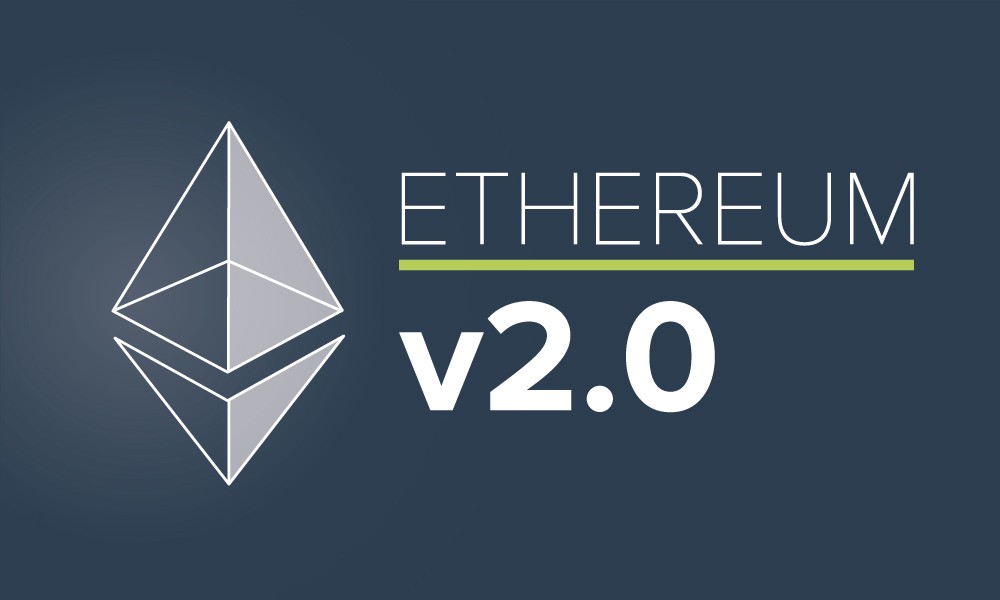A lot has changed since Ethereum first hit the scene in 2015. At that time, it was one of the only platforms for developing decentralised applications. Now there are many platforms to trade this cryptocurrency.
So, what makes Ethereum 2.0 so unique? Ethereum is among the top popular cryptocurrencies after Bitcoin. It’s also one of the most widely used innovative contract platforms, and its value has increased over time. The Ethereum (ETH) price soared to new heights in November 2021, reaching over $4,800.
Ethereum was the first platform to use blockchain technology for smart contracts. These are contracts that automatically execute when certain conditions are met.
This article will look at the changes made and how you can start investing in them.
What is Ethereum?
Ethereum is an open-source, decentralised platform that allows developers to build and deploy applications. It was first proposed by Vitalik Buterin in 2013 and has since become one of the most popular cryptocurrencies.
Ethereum is a blockchain-based system that allows developers to build and deploy decentralised applications (DApps) on top of it. Ether is the currency developers use to pay for transactions and services rendered.
Developers can create their tokens with Ethereum and use them to pay for transactions. One of the most critical aspects of Ethereum is its smart contract functionality, which enables developers to create contracts that automatically execute when certain conditions are met.
What is Ethereum 2.0: Features and Changes
The Ethereum Foundation is working on a new version of the Ethereum blockchain called Ethereum 2.0. This update includes many changes and improvements over the original Ethereum blockchain.
Some of the key features and changes include:
1) Proof-of-Stake
Ethereum will switch from a Proof-of-Work algorithm to a Proof-of-Stake algorithm.
What is a Proof-of-Work Algorithm?
Proof-of-Work is the algorithm used by Bitcoin and Ethereum to secure their networks. In a Proof-of-Work system, miners are rewarded for verifying transactions by solving complex mathematical problems.
What is Proof-of-Stake Algorithm?
Proof-of-Stake works differently from Proof-of-Work. In a Proof-of-Stake system, miners are rewarded for verifying transactions by holding coins in their wallets and staking them on the network.
Instead of spending money on expensive mining hardware, stakers can hold coins in their wallets and earn rewards for doing so. It makes Proof-of-Stake more environmentally friendly and cheaper to run than Proof-of-Work.
In addition, it allows for more scalability because the network doesn’t need as much computing power to run.
2) Sharding
Sharding is an online process that splits up the blockchain into smaller shards. It allows for more transactions to be processed at once and increases scalability.
It also makes it easier for developers to build applications on top of Ethereum because they don’t have to deal with the entire blockchain at once.
Sharding will be implemented in Ethereum with the Beacon Chain, a separate chain that connects all shards. The Beacon Chain will manage the network, staking, and block production. It also allows users to transfer coins from one wallet to another.
This upgrade is intended to increase transaction speed by splitting the blockchain into smaller parts, which will make it easier for developers to build applications on top of Ethereum. It also increases scalability, which is the ability of a system to handle an increasing number of transactions.
3) 64 Sharding
The new version of Ethereum will have a maximum of 64 shards. It means that there can be up to 65 million transactions per second. It is a significant increase from the current transaction speed of Ethereum, which is about 15 transactions per second.
This upgrade will allow more transactions to be processed at once and increase scalability.
How to Invest in Ethereum 2.0: Steps
If you’re interested in investing in Ethereum 2.0, there are a few things you need to do first. Here are the steps:
Step One:
You need to buy Ether, the native cryptocurrency of Ethereum. You can do this through an exchange that offers trading pairs with Ether.
Step Two:
You need to buy some coins used for staking on Ethereum’s network when it upgrades to Proof-of-Stake.
If you’re investing in Ethereum, it’s a good idea to buy some coins that will be used for staking. It will allow you to earn rewards for verifying transactions on the network.
Step Three:
You need to set up a wallet that supports Ethereum’s new Beacon Chain. It will allow you to stake coins and earn rewards.
Conclusion
Ethereum 2.0 is a significant update to the Ethereum blockchain that includes many changes and improvements over the original version. It helps increase scalability and allows more transactions to be processed at once.

